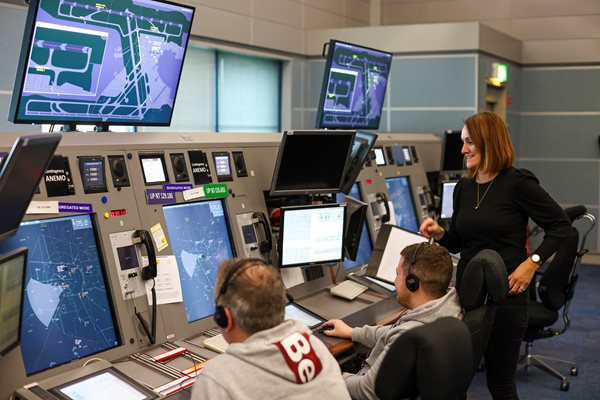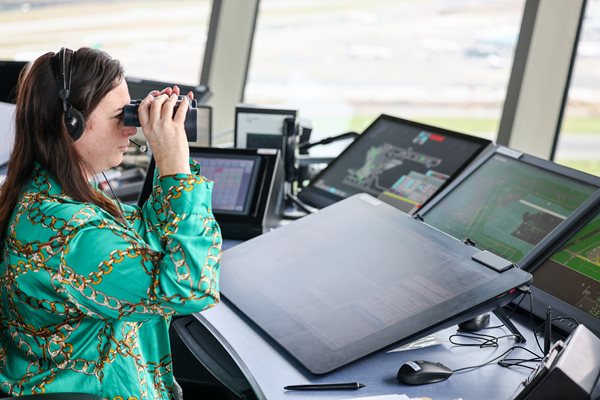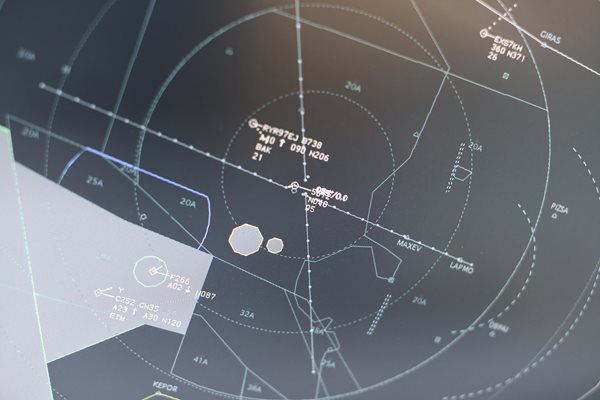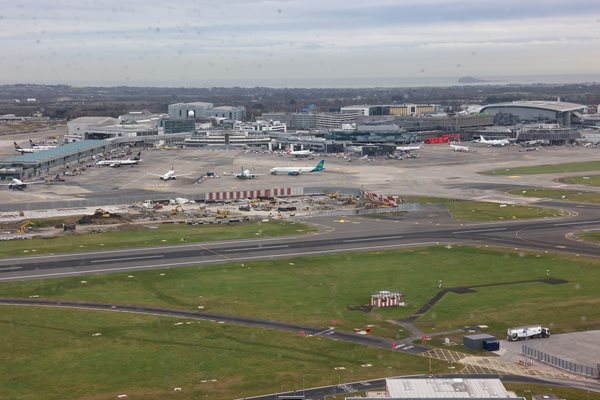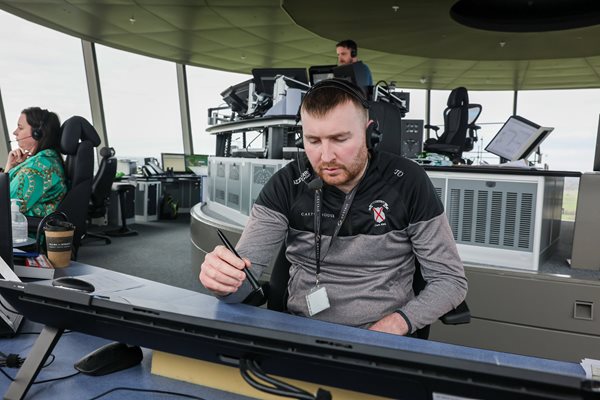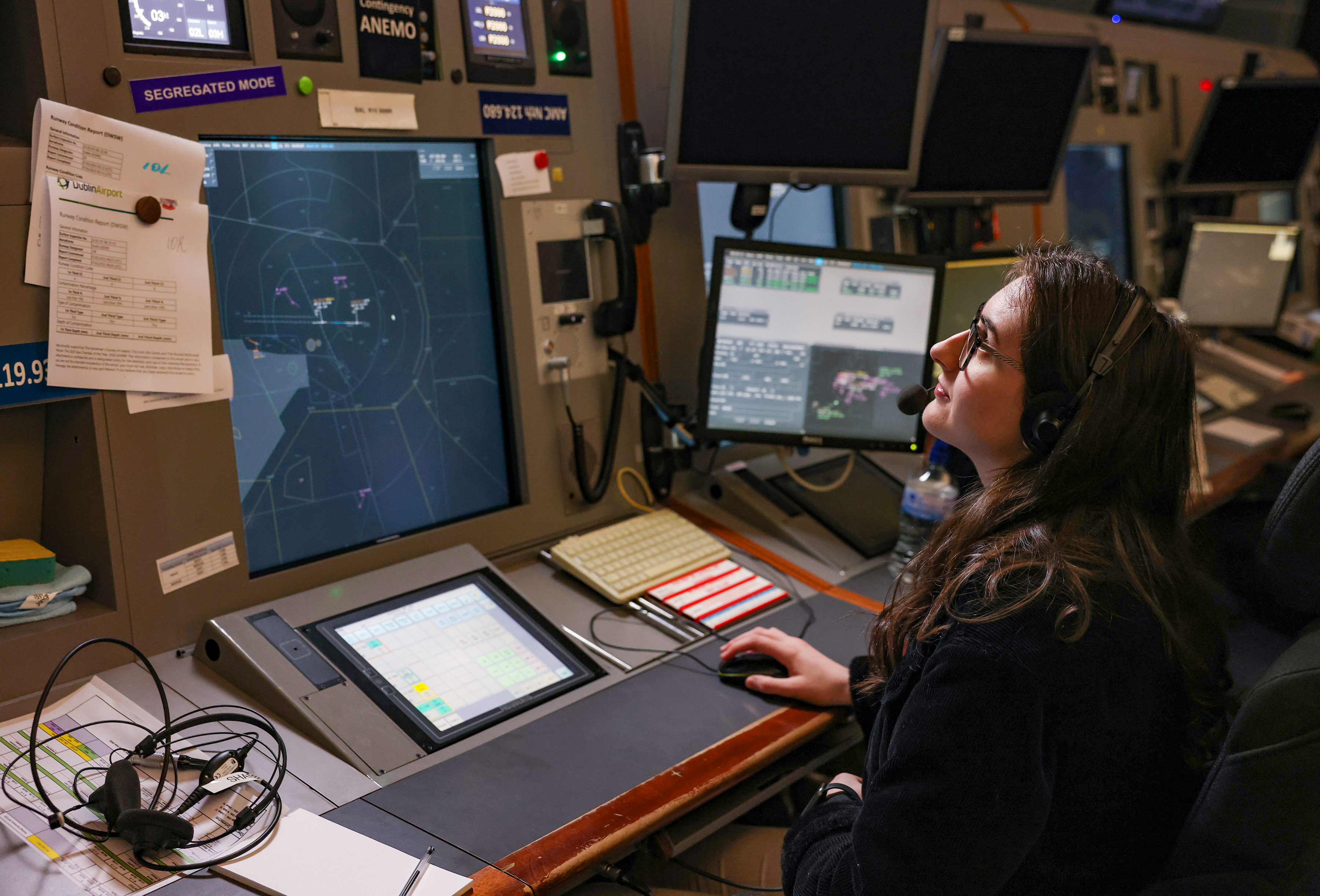OverviewAirNav Ireland uses Air/Ground and Ground/Ground based communications systems to ensure the safety and regularity of air traffic. Air/ground communications comprises of radio sites at numerous locations around the country, providing High Frequency (HF) and Very High Frequency (VHF) Communications to aircraft in Irish airspace. The VHF radio sites are deployed with transmitters, receivers and transceivers and are strategically located at elevated sites around the country to provide the required coverage for Irish controlled airspace. The HF transmitters are located in Urlanmore, Co. Clare and the HF receivers are located in Ballygirreen, Co. Clare. All transmitters and receivers are part of a fully redundant network and are backed up with a hot standby to ensure the integrity of communications with all aircraft. In addition, AirNav Ireland maintains a fully independent Radio Backup System located at geographically diverse sites and at the four Air Traffic Control (ATC) centres to further ensure that no communications are lost in the unlikely event of a failure of the main Air/Ground Communications system. As a last resort, handheld radios are also maintained as a fourth line of defence in the event of a failure of both radios (main and standby) belonging to the main system and those belonging to the backup system. |
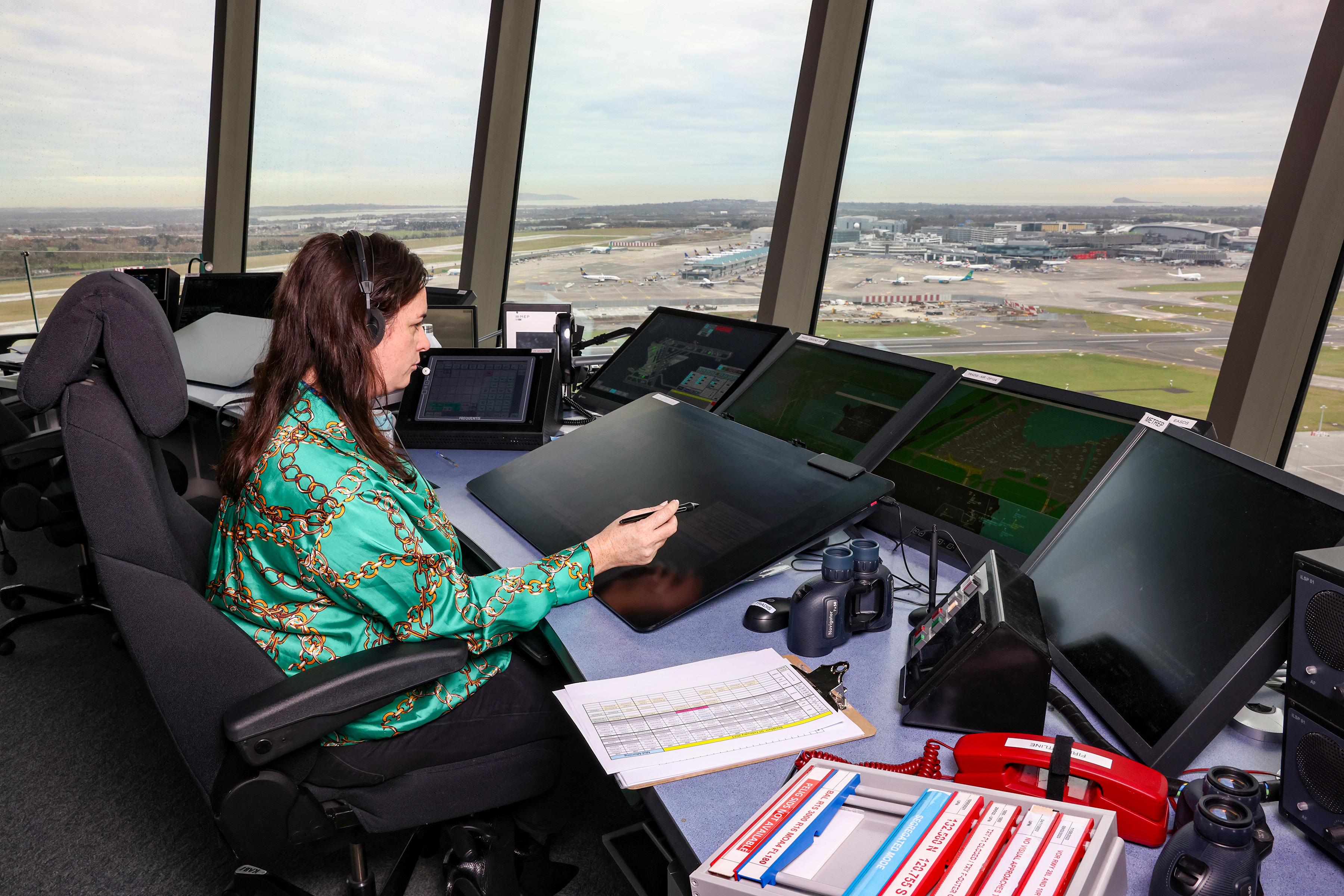 |
Core Data NetworkAirNav Ireland maintains a complex core data network, linking all the remote radar and communications sites back to the air traffic control centres of Shannon, Ballygirreen, Cork and Dublin as well as providing data communications between adjacent ATC centres in Ireland, France, the UK and Iceland. This consists of a complex network of multiplexers, carrying radar data, voice, Aeronautical Fixed Telecommunication Network (AFTN) and On-line Data Interchange (OLDI) to all adjacent ATC centres and is designed to ensure maximum redundancy and routing diversity. |
|
Voice Communications and Control SwitchThere is a central Voice Communications and Control Switch located at each airport facilitating both internal and external communications. External ground/ground communications comprises of a network of adjacent ATC centre communications, linking national airports and Swanwick and Prestwick ATC centres in the UK. For system redundancy, this voice switch is backed up by a completely independent EVCS (Emergency Voice Communications Switch) switch in the event of a failure of the main voice switch. It is an ICAO legal requirement to record all Air/Ground and Ground/Ground communications. AirNav Ireland uses a dual recording system to record all ATC voice recordings. This system has a fully redundant architecture. Recordings are kept for a minimum of 30 days in a locked, fireproof safe. |
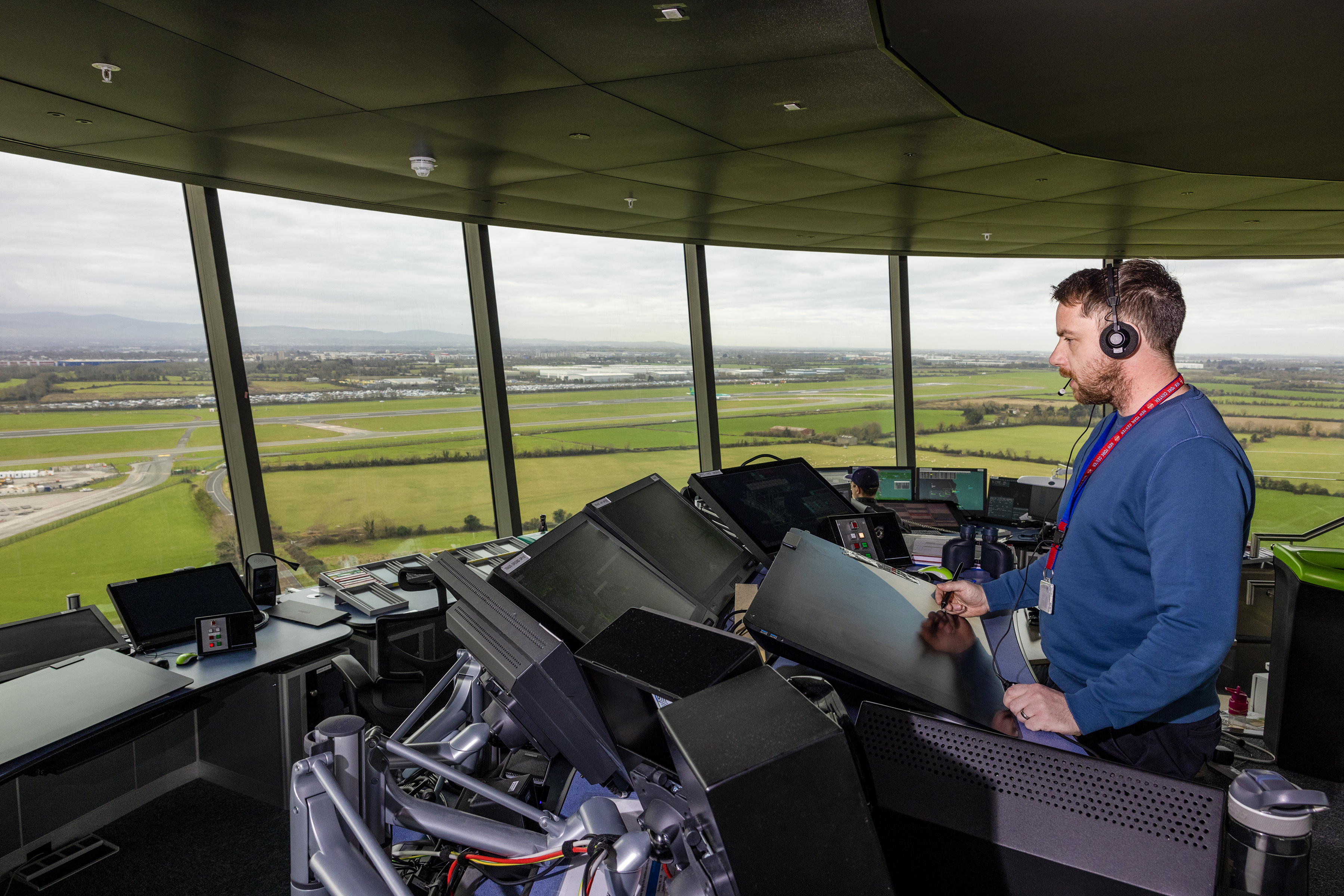 |

